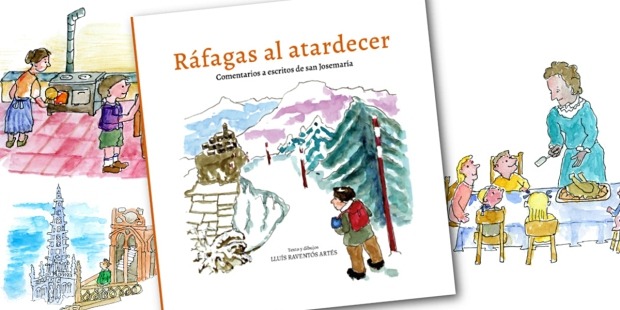The priest Lluís Raventós gathers in a book parables, examples and fables that Saint Josemaría used to teach us, adults and children, to be better Christians. The work is illustrated with drawings by the author himself.
The book titled gusts at sunset It is the seventh that publishes mossen Lluís Raventós, a priest who will be 90 years old in a few days. In this last work, which he accompanies his characteristic drawings, he tries to show through the comments and anecdotes of Saint Josemaría, how to improve inner life.
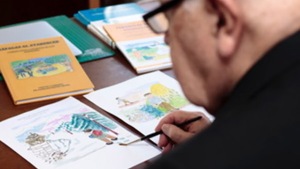
bursts of light
The author comments that the stories that the book brings together “are of enormous interest for the interior life of a Christian” and thinks that many people will appreciate reading it.
In it are collected fifty graphic images that Saint Josemaría used several times in his preaching. Fables, anecdotes and personal memories, parables or historical figures serve as an excuse to introduce small practical lessons to advance in the life of piety.
Y mossen Raventós has added to each of the pages of the book a drawing that illustrates this concept and accompanies it with an explanatory text, like a burst. As if a sudden flash of light in the middle of the dark. That’s how he understands it.
Show the way
And so Jesus told us:
“You are world’s light. Let your light so shine before men, that they may see your good works and glorify your Father who is in heaven.”
It is a quote that picks up the book in its presentation.
The author indicates, as did Saint Josemaría, that “We live in a troubled time in which the divine signaling has been erased and many are unaware if they are on the right path or if they are headed for a precipice”.
So our job as Christians is be mountain guides. With our footsteps -conversations, behavior, example- we must show what are the «divine paths of the earth«. And this book can help us.
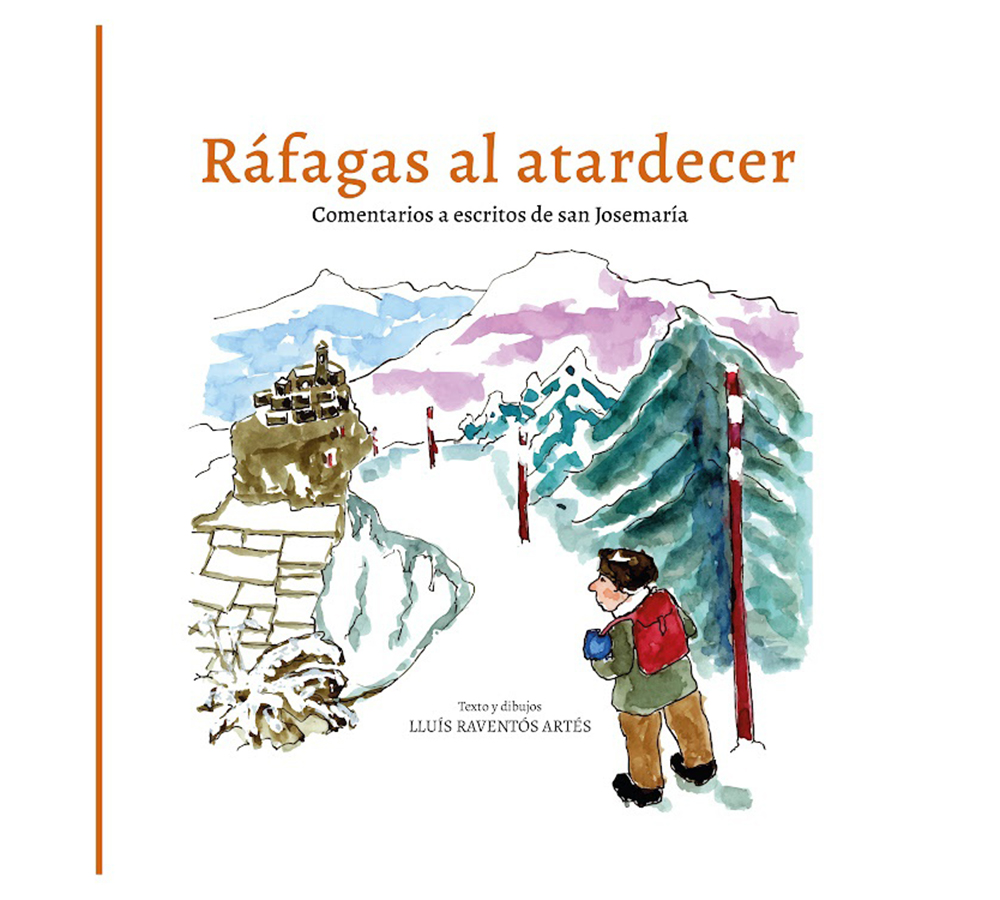
Editorial Albada
sticks painted red
The cover image also illustrates the page dedicated to the deal with god. Talk about the following.
If we are constant living a series of rules of piety, we can have a Christian life plan.
How to get it? Saint Josemaría used to say that it was like following the tall poles painted in red that are placed in the mountains at the edge of the roads. If the snow falls in winter and the trails are hidden, these sticks stand out as a safe reference point. So we don’t get lost and we know where the route goes.
Work well done
mossen Raventós dedicates several stories to work and its sanctification. For example, as Saint Josemaría did, he uses the resource of Burgos cathedral and the detail with which the stone is carved, even in the highest towers, where the gaze of passers-by does not reach.
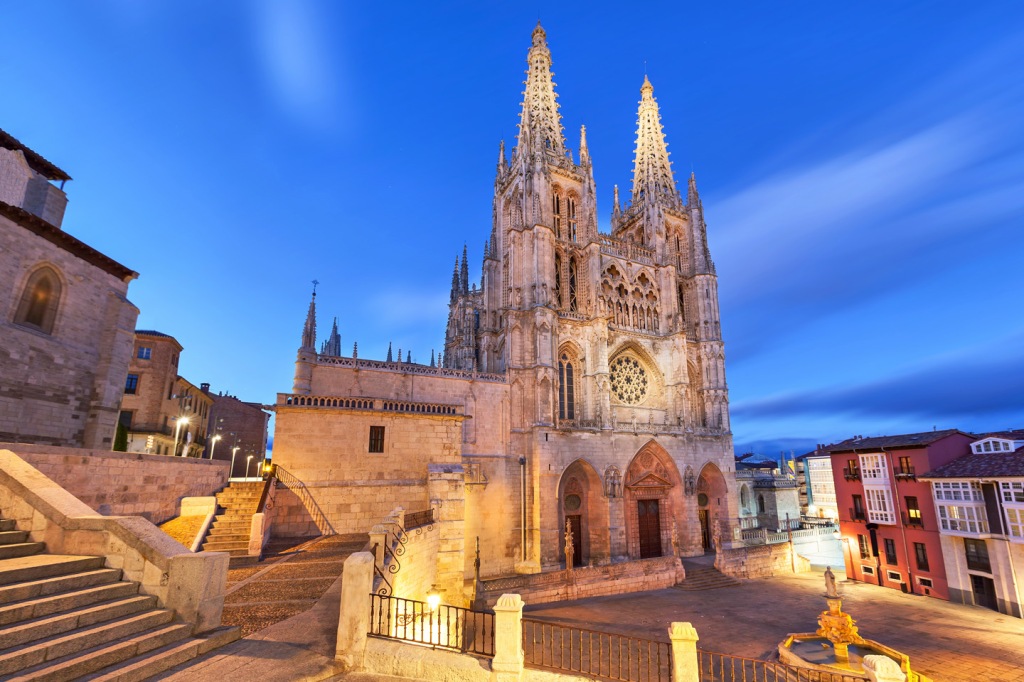
Sergey Dzyuba/Shutterstock
He thus referred to job well done, finished with finesse and done to the glory of Godas the master stonemasons did.
This saint also liked compare yourself to a donkey from a ferris wheel: «Blessed perseverance that of the donkey of the waterwheel! Always at the same pace, always the same laps. One day and another: all the same”.
And with this animal he illustrates this idea mossen Raventós, with a monotonous donkey that always follows the same route, but that thanks to your work and effort get a leafy orchard and a flowery garden. Faith makes us love the way and pushes us to carry out the work with enthusiasm.

Editorial Albada
parable of the leaven
The book also includes some parables contained in the Gospel, such as the one about bread and yeast (Mt 13, 33). Saint Josemaría invited us to be like that ferment: “We have to see ourselves as a little yeast that is prepared and willing to do good to all humanity.»
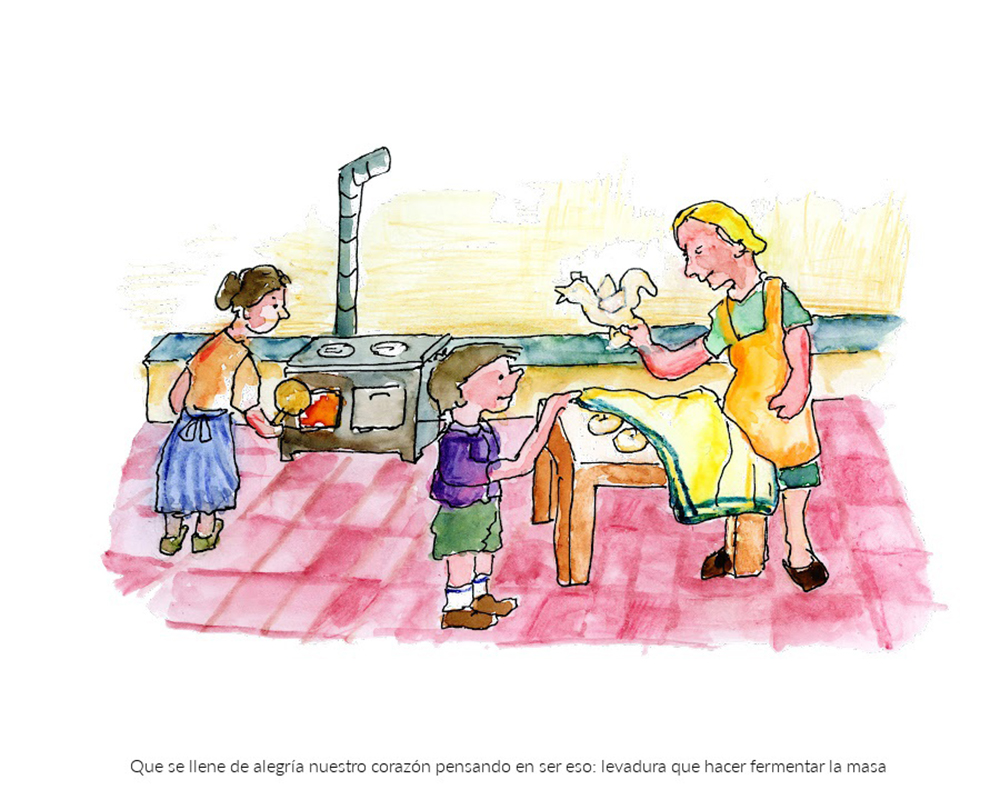
Editorial Albada
go unnoticed
Furthermore, the author refers to various virtues, such as humility. In this case, he uses the comparison that many spiritual authors have used for centuries and Saint Josemaría did as well: “Don’t go like those chickens that, as soon as they lay a single egg, thunder through the house cackling.”
The idea is to work performing intellectual or manual work with the intention of serving God and go unnoticed.
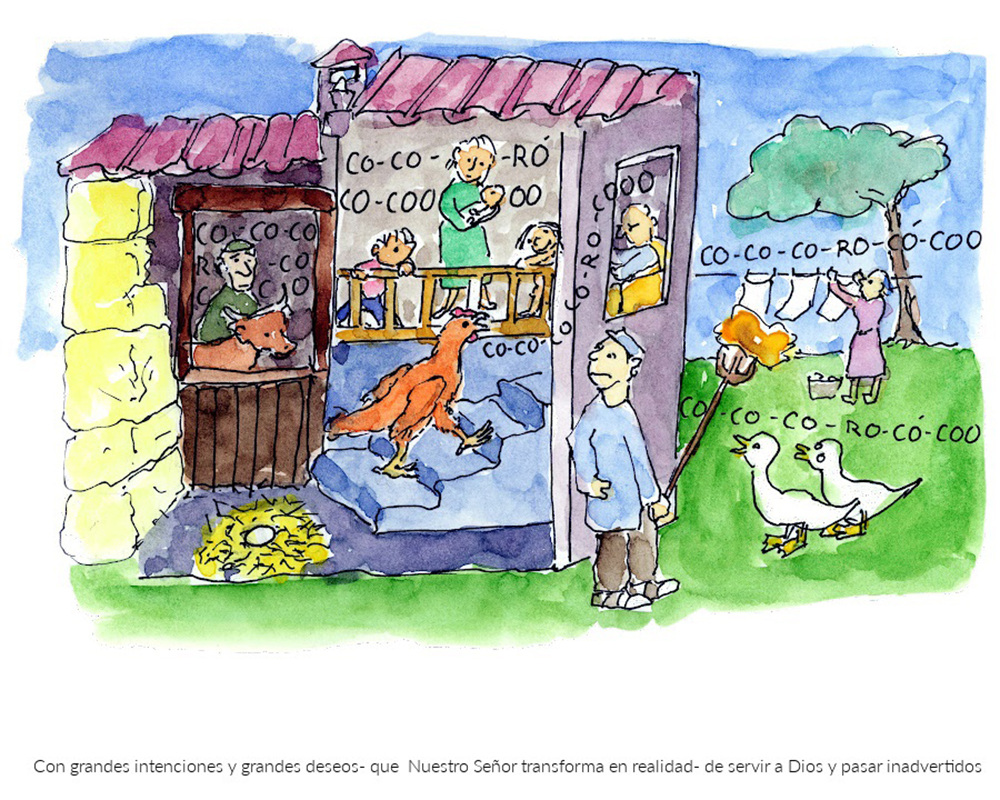
Editorial Albada
Alexander the Great
In the book there is even an illustrious character from whom we can extract a lesson from his behavior. This is the case of Alexander the Great, King of Macedonia, who conquered half the world and which Saint Josemaría used to discuss the power of prayer.
This is how he tells and illustrates it mossen Raventós: «One day a beggar came out to meet Alexander the Great, asking for alms. Alexander stopped and commanded that they make him lord of five cities. The poor man, confused and stunned, exclaimed: I didn’t ask for that much! And Alejandro replied: you have asked as who you are; I give you as who I am.”
This is how God does with us. We give what little we are and God pours himself out as who he is, Almighty.
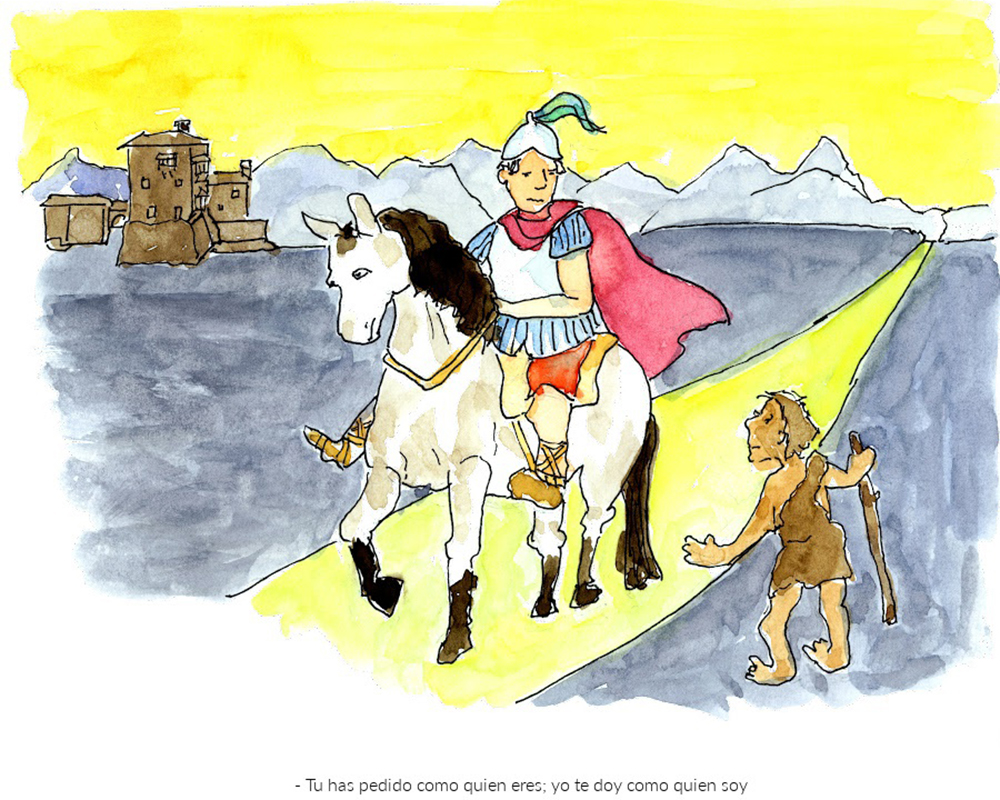
Editorial Albada
Space for the Virgin
In the life of piety, the Virgin occupies a privileged place, so gusts at sunset It also contains a story dedicated to her: “The seven-legged chicken.”
Saint Josemaría uses a memory from his childhood – when on feast days his mother cooked a chicken and she had to share it among her children and they all wanted the thigh – to make us understand that the Virgin, our heavenly mother, is always attentive to our needs and accept our pleas.
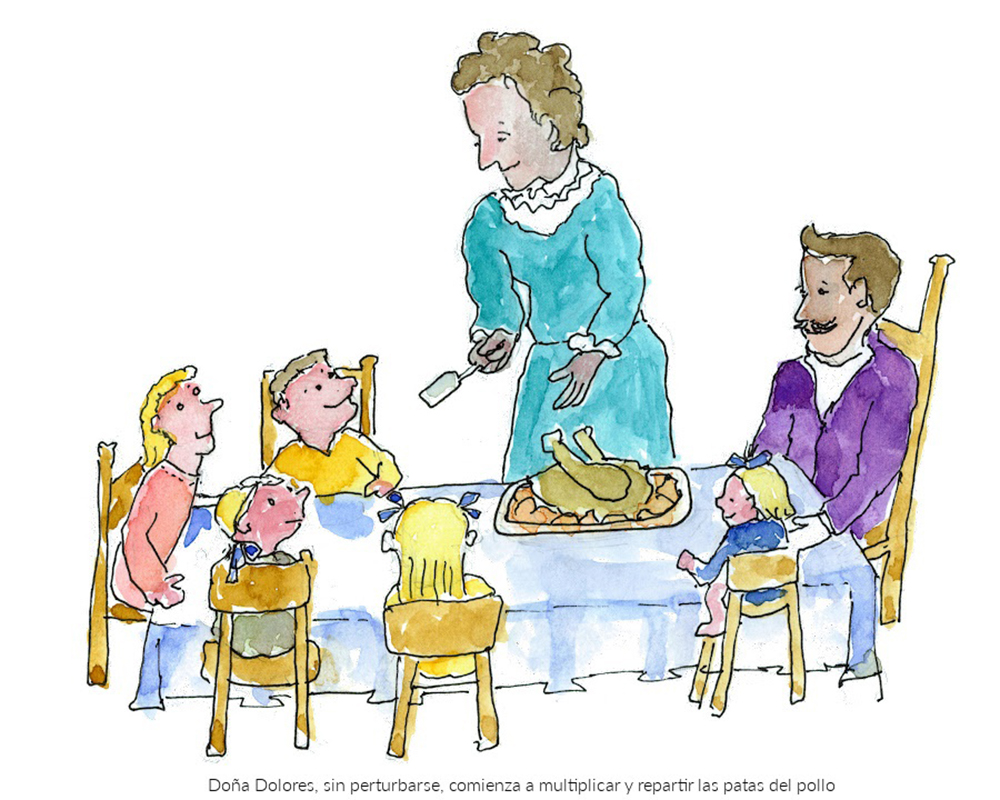
Editorial Albada
enrich the soul
The book includes more stories -up to fifty- illustrated in the very particular style of Mossèn Raventós, who has carefully compiled quotes and teachings from the preaching of Saint Josemaría Escrivá. His catechesis was characterized by its wit and good humorwhich are reflected in the book.
The last pages include a indicative index of subjects: apostolate, confession, detachment, Eucharist, faith, fraternity, optimism, patience, simplicity or relationship with God.
Themes that will help us to enrich our soul while we turn the pages enjoying the drawings full of details that its author gives us.

